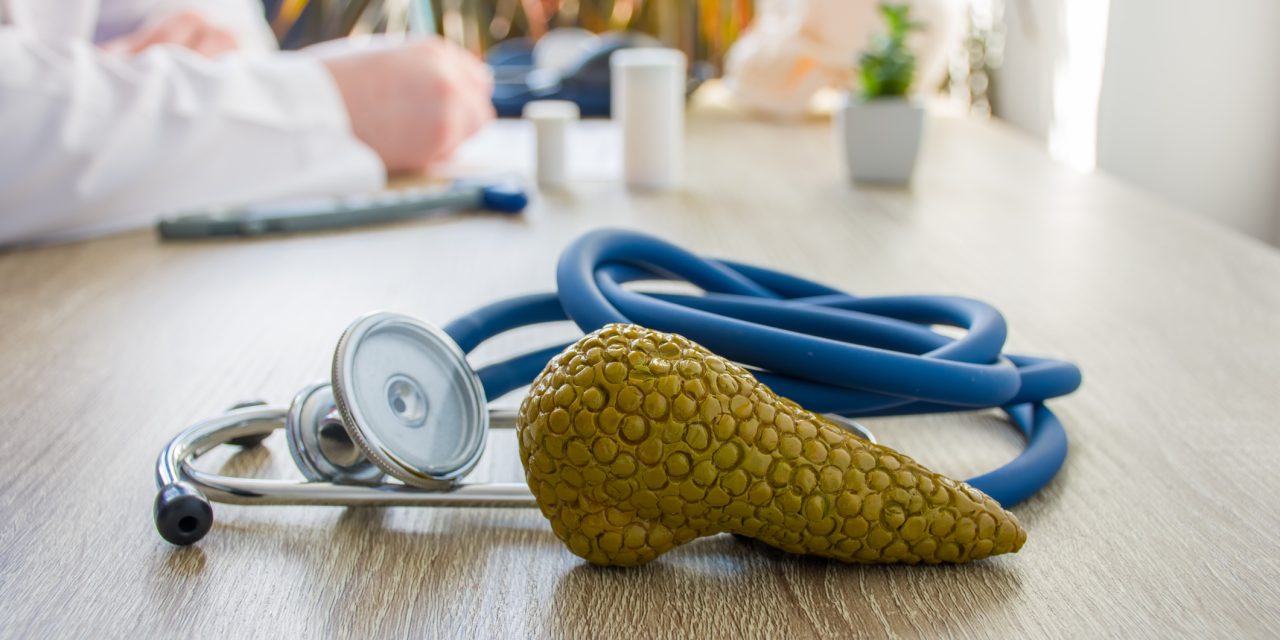Plastrum testudinis (PT) is a kind of single traditional Chinese medicine that can tonify kidney and strengthen bone. Plastrum testudinis extract (PTE) has been approved to promote the osteogenic differentiation of bone marrow-derived mesenchymal stem cells in vitro. However, the mechanism by which PTE reduces osteoclast differentiation has not yet been reported.
To explore the potential of PTE as a therapeutic treatment for bone loss caused by senile osteoporosis (SOP).
We evaluated whether PTE could inhibit RANKL-induced osteoclast differentiation both in vitro and in vivo, and investigated PTE-induced phenotypes of human peripheral blood monocytes.
We found that PTE inhibited osteoclast differentiation and bone resorption in vitro in a concentration-dependent manner and that PTE treatment is most effective during the early stages of osteoclastogenesis. Moreover, we found that PTE could block the NF-κB signaling pathway in vitro, leading to the down-regulation of osteoclast-specific genes including C-FOS and NFATC1. The results from our in vivo mouse study suggest that PTE treatment suppresses osteoclast formation and mitigates bone loss caused by SOP. Notably, we also found that PTE inhibited RANKL-induced osteoclast differentiation in human peripheral blood monocytes.
Our results suggest that PTE treatment suppresses osteoclastogenesis and ameliorates bone loss caused by SOP by selectively blocking the nuclear translocation of NF-κB/p50.
Copyright © 2021. Published by Elsevier B.V.
Plastrum testudinis extract suppresses osteoclast differentiation via the NF-κB signaling pathway and ameliorates senile osteoporosis.


